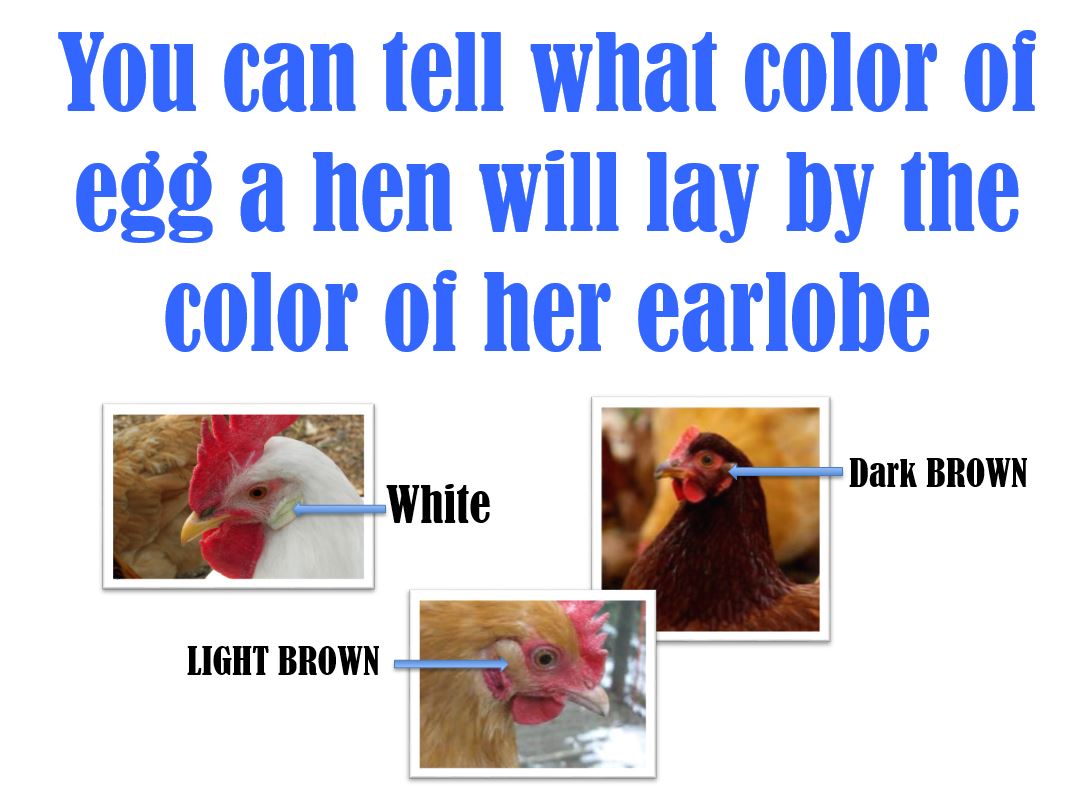Eggology (Grades K-2)
Students identify how the basic needs of a growing chick are met during egg incubation, diagram the parts of an egg, and hatch eggs in class.
Background
Lesson Activities
Recommended Companion Resources
Credits
Author
Lynn Wallin | Utah Agriculture in the Classroom
Standards
Indiana Content Area Standards
-
English Language Arts.Kindergarten.W.1
Write for specific purposes and audiences.
- The Research Process.K.W.5: With support, build understanding of a topic using various sources. a. Identify relevant pictures, charts, grade-appropriate texts, personal experiences, or people as sources of information on a topic.
- Writing Genres.K.W.3.2: Use words and pictures to develop a main idea and provide some information about a topic.
-
English Language Arts.Kindergarten.SL.1
Listen actively and communicate effectively with a variety of audiences and for different purposes.
- Comprehension.K.SL.3.1: Ask and answer questions about key details in a text read aloud or information presented orally or through other media.
- Comprehension.K.SL.3.2: Ask appropriate questions about what a speaker says.
- Discussion and Collaboration.K.SL.2.1: Participate in collaborative conversations about grade-appropriate topics and texts with peers and adults in small and larger groups.
- Discussion and Collaboration.K.SL.2.3: Listen to others, take turns speaking, and add ones own ideas to small group discussions or tasks.
- Discussion and Collaboration.K.SL.2.4: Ask questions to seek help, get information, or clarify something that is not understood.
- Discussion and Collaboration.K.SL.2.5: Continue a conversation through multiple exchanges.
- Presentation of Knowledge and Ideas.K.SL.4.3: Give, restate, and follow simple two-step directions.
-
English Language Arts.Grade 1.SL.1
Listen actively and adjust the use of spoken language (e.g., vocabulary) to communicate effectively with a variety of audiences and for different purposes.
- Comprehension.1.SL.3.1: Ask and answer questions about what a speaker says to clarify something that is not understood.
- Comprehension.1.SL.3.2: Ask and answer questions about key details in a text read aloud or information presented orally or through other media.
- Discussion and Collaboration.1.SL.2.1: Participate in collaborative conversations about grade-appropriate topics and texts with peers and adults in small and larger groups.
- Discussion and Collaboration.1.SL.2.3: Listen to others, take turns speaking about the topic, and add ones own ideas in small group discussions or tasks.
- Discussion and Collaboration.1.SL.2.4: Ask questions to clarify information about topics and texts under discussion.
- Discussion and Collaboration.1.SL.2.5: Build on others talk in conversations by responding to the comments of others through multiple exchanges.
-
English Language Arts.Grade 2.SL.1
Listen actively and adjust the use of spoken language (e.g., conventions, vocabulary) to communicate effectively with a variety of audiences and for different purposes.
- Discussion and Collaboration.2.SL.2.1: Participate in collaborative conversations about grade-appropriate topics and texts with peers and adults in small and larger groups.
- Discussion and Collaboration.2.SL.2.3: Listen to others, take ones turn in respectful ways, and speak one at a time about the topics and text under discussion.
- Discussion and Collaboration.2.SL.2.4: Ask for clarification and further explanation as needed about the topics and texts under discussion.
- Discussion and Collaboration.2.SL.2.5: Build on others talk in conversations by linking comments to the remarks of others.

 Use the
Use the